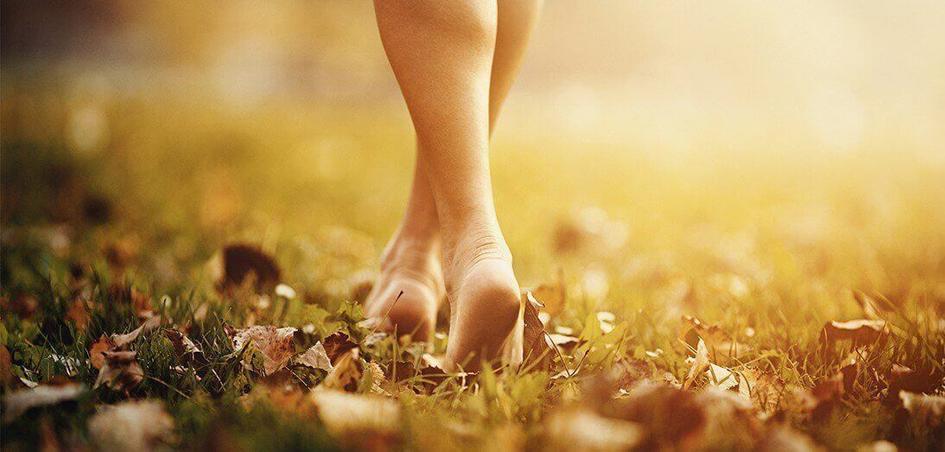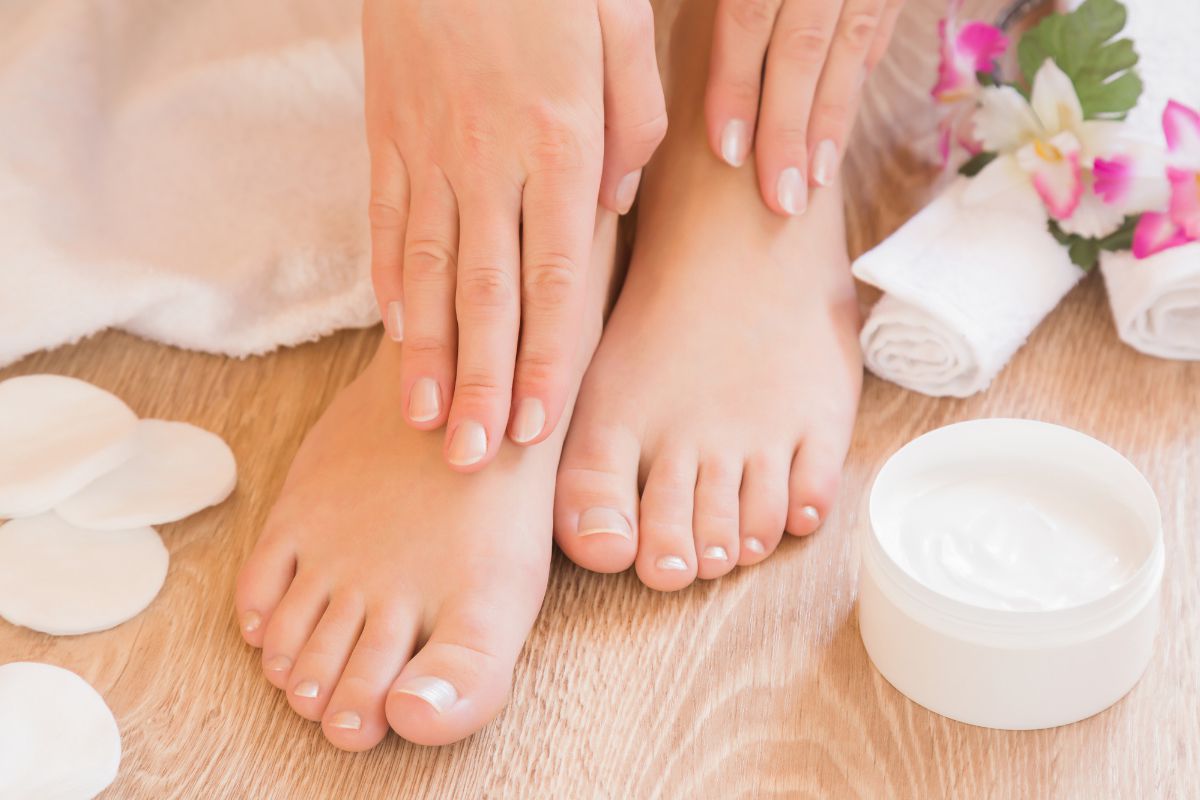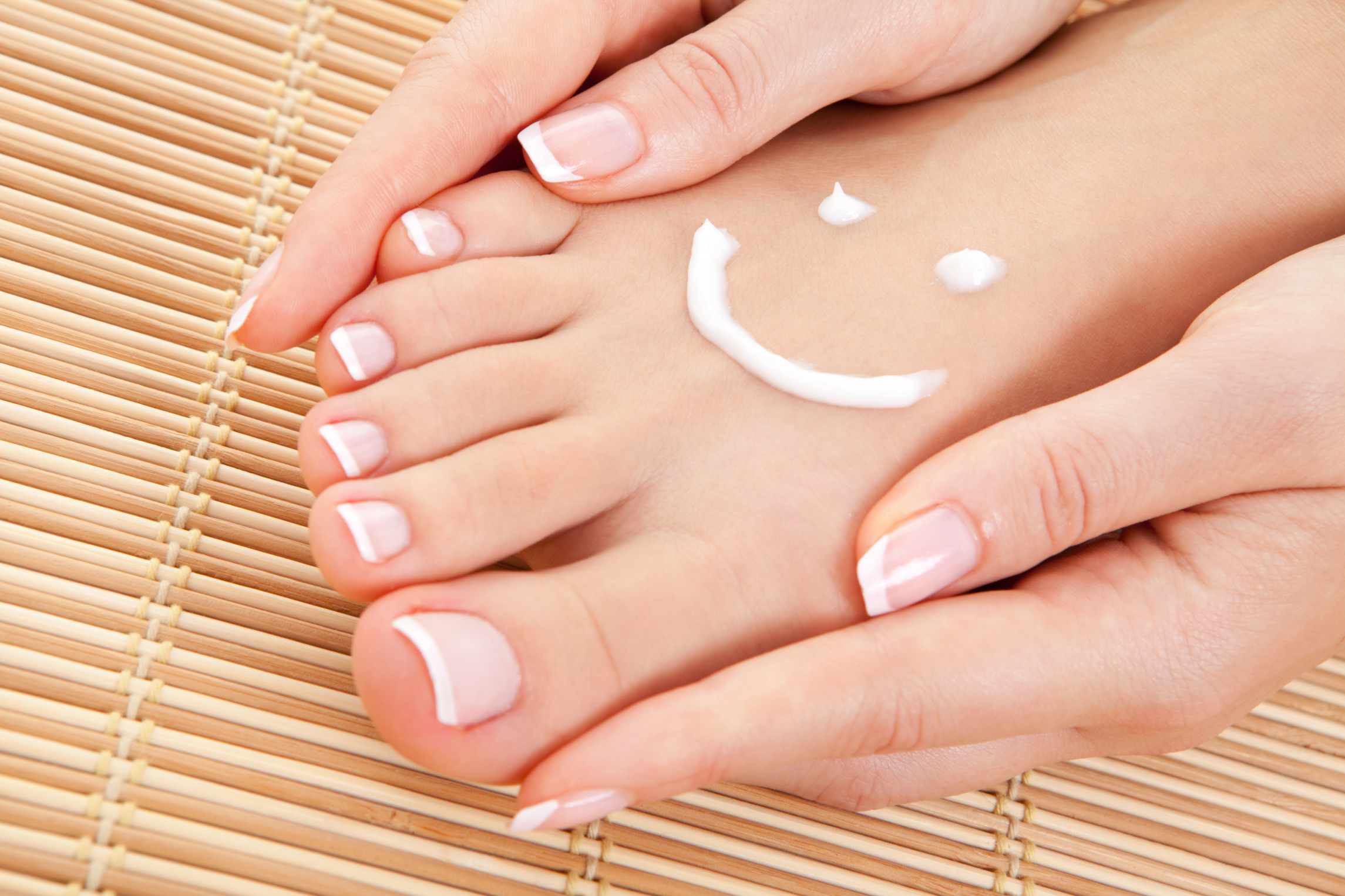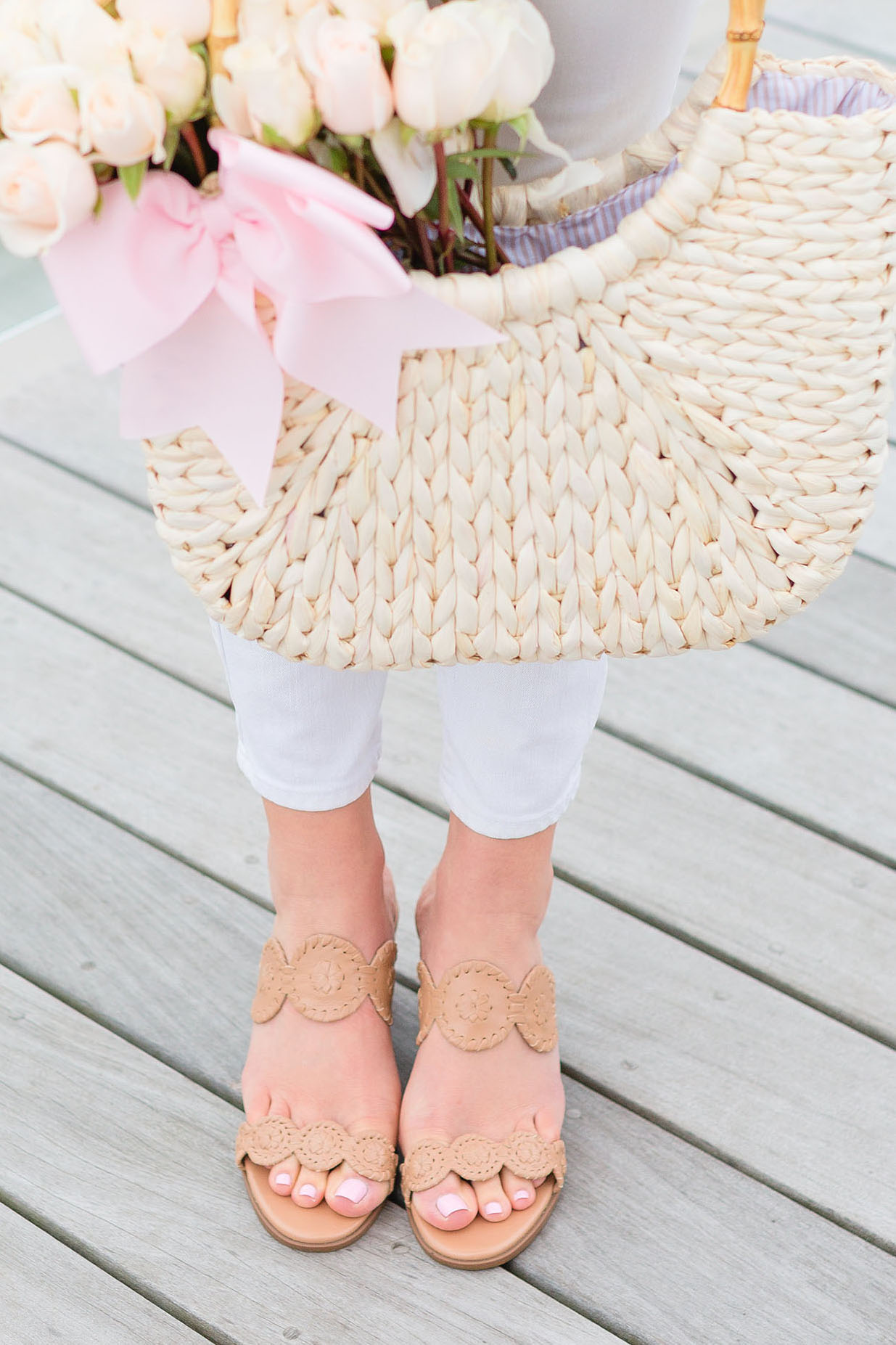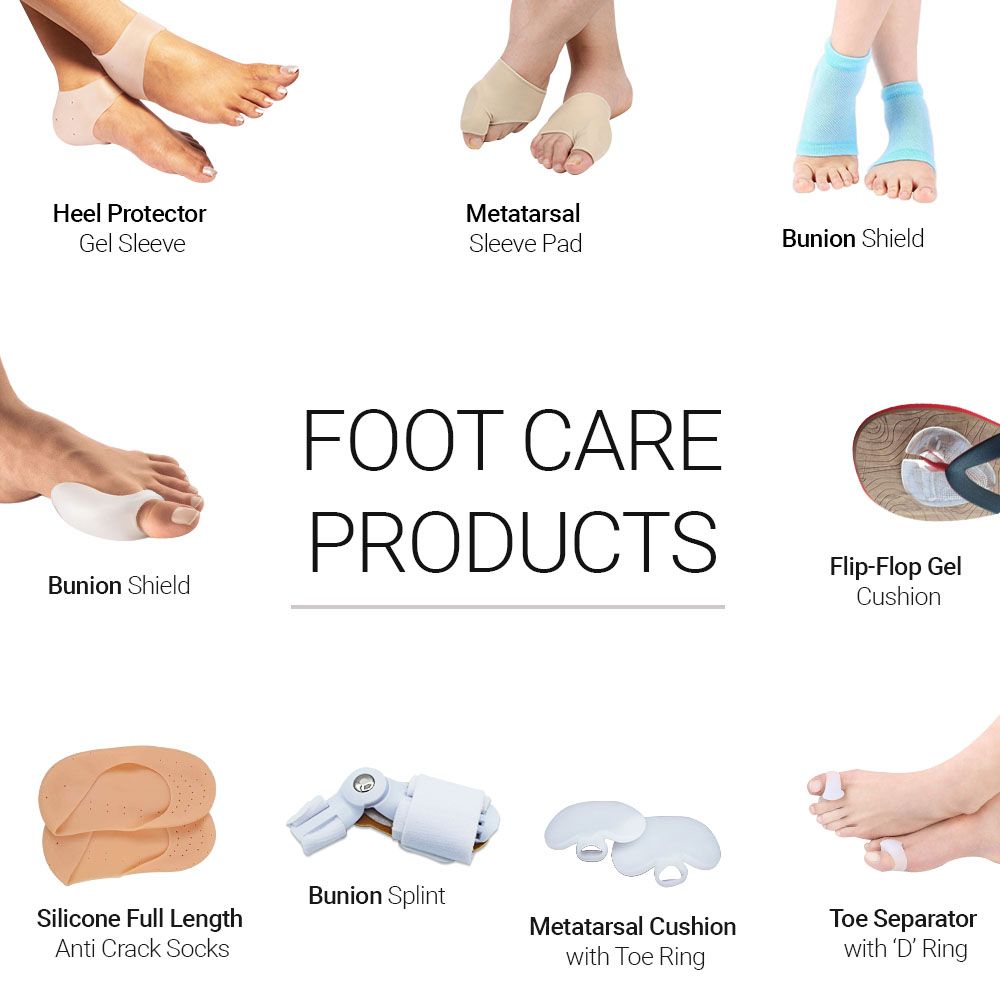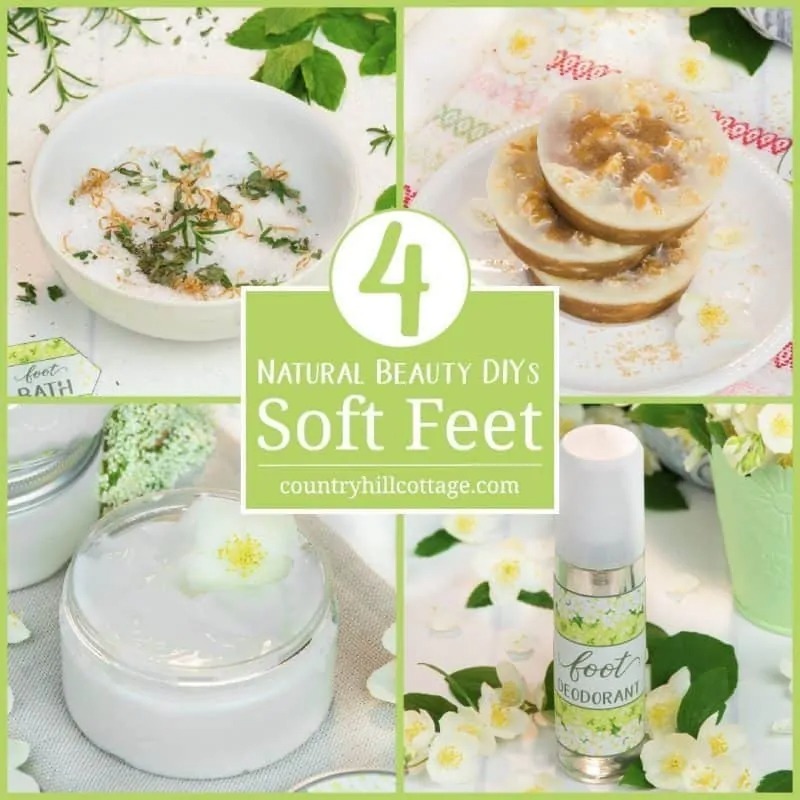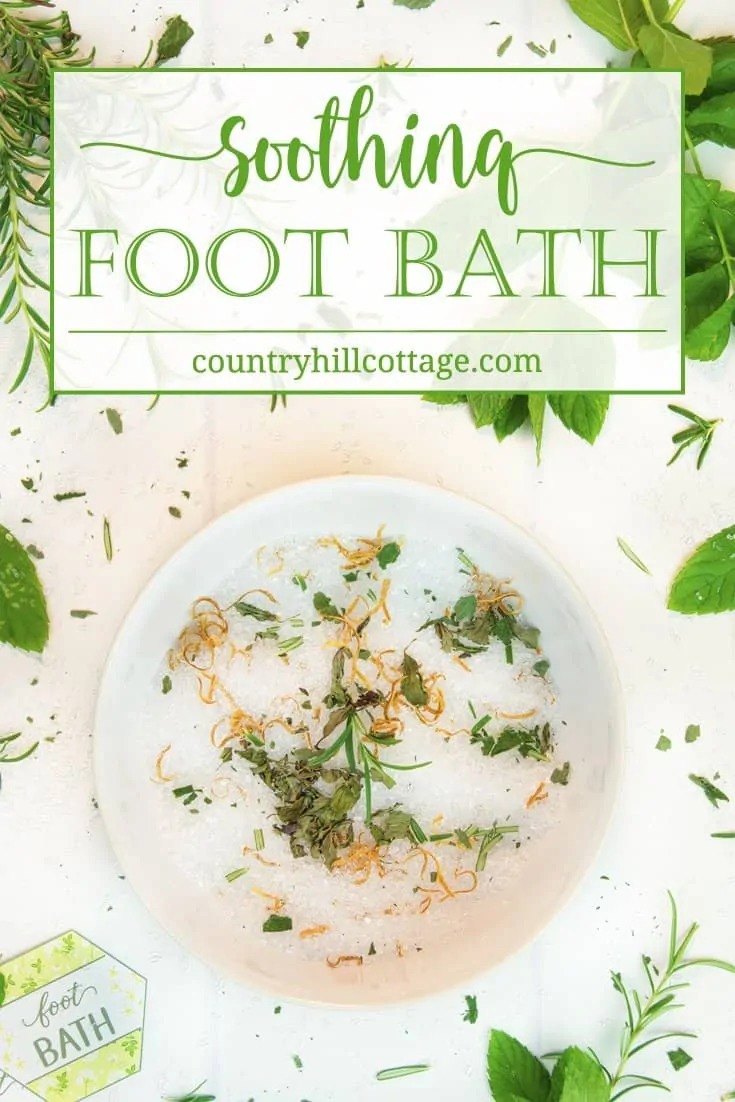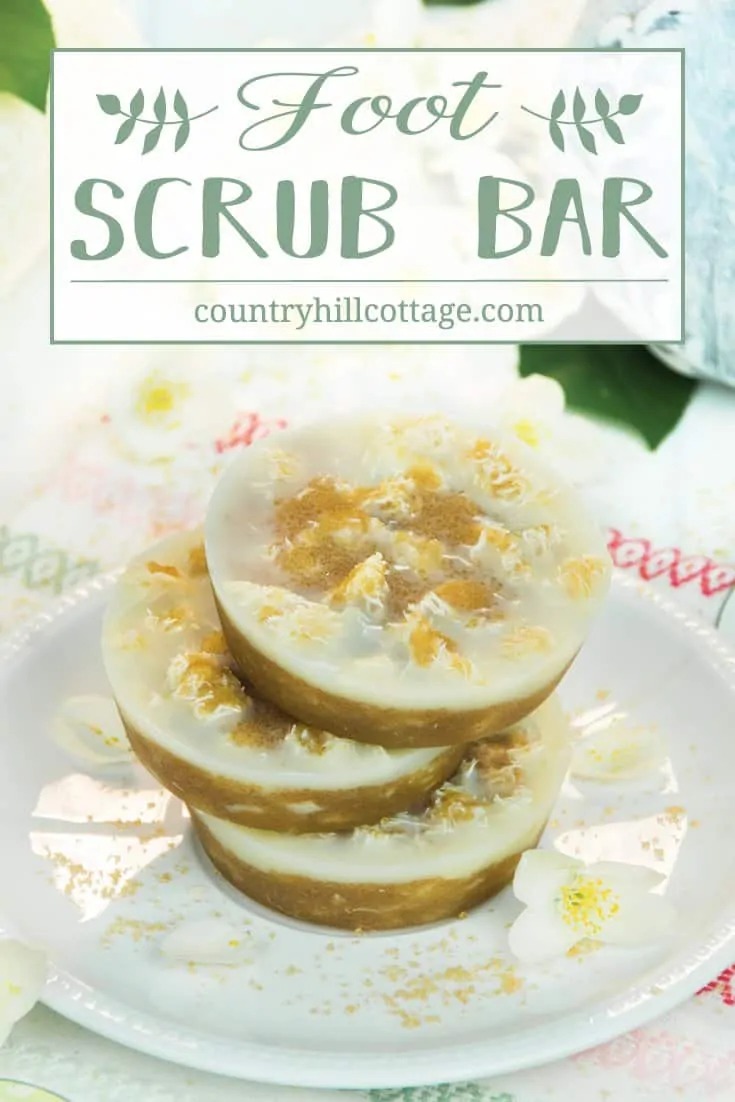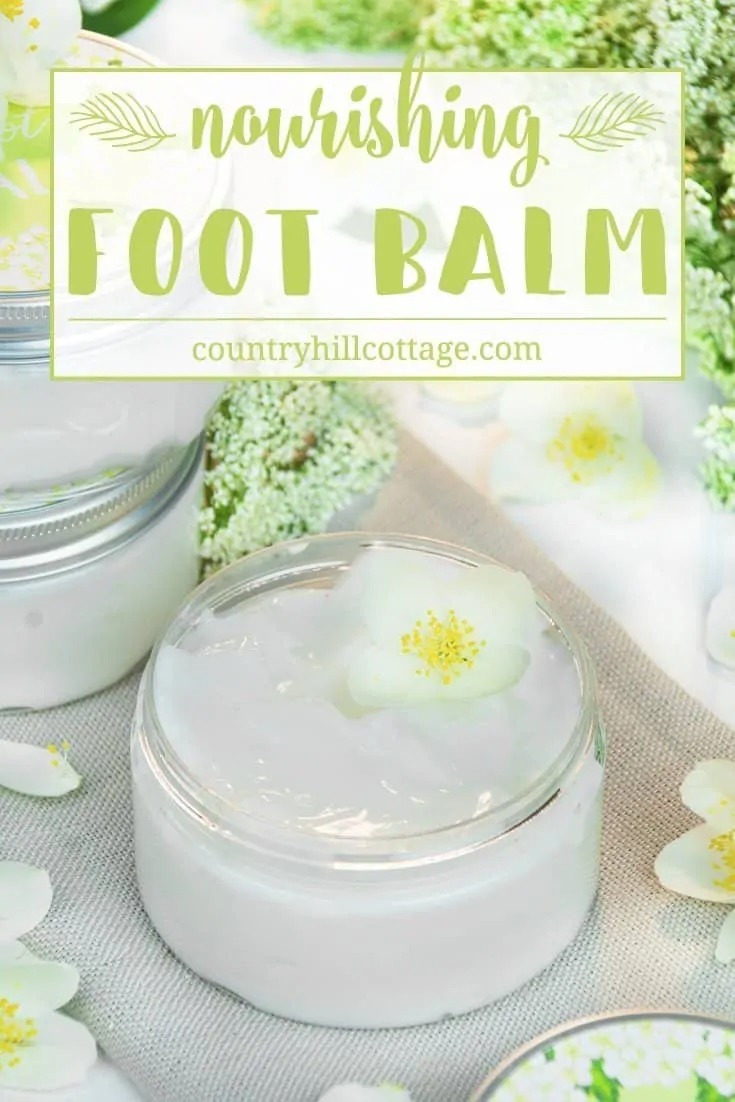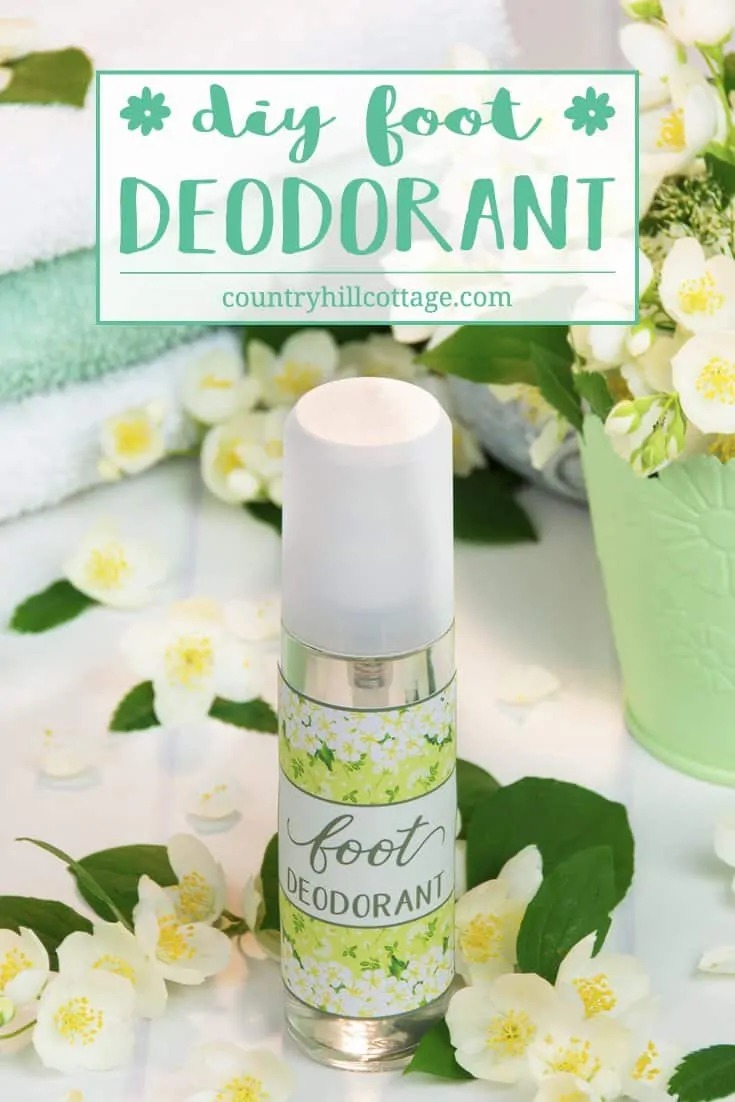A. The 2-Minute Foot Care Routine
Think about what that means over a week, a month, a year – your whole life. No wonder our feet hurt, they practically shout at us! With that in mind, it is important that we take the time – even if it’s just five minutes – to hug our feet a little to say thanks (and apologize) for all of your hard work.
Here are our 2 minute foot products to keep your feet happy and healthy.
1. Scrub
We all need to shower, so start your foot care routine while washing yourself with your favorite soap or shower gel. Reach the power of pumice for an excellent peel. Filled with (surprise) exfoliating pumice powder, dead skin is removed while refreshing sweet oranges rejuvenate the soul and soles of the feet.
2. Moisture
When you get out of the shower, dry your feet with a towel and use one of our skin softening foot lotions. Softy is rich in cupuaçu moisturizers and cocoa butter, in addition to super soft marshmallow root and almond oil. A beautiful blend of lavender, sandalwood and bergamot oils also leaves the smell of your feet divine. Do you need a little more swing in your stride? Pink peppermint is a moisturizing wonder full of invigorating mint and mint, while organic Fairtrade cocoa butter keeps your feet silky smooth.
3. Dust
When your heels, soles and toes are soft and calm, end your routine with a little powder for feet. T for Toes Foot Powder keeps stinky feet away with spicy lemon oil and powerful tree tea, while kaolin and baking soda keep your feet cool by absorbing excess moisture. So fresh and so clean!
B. Following a Healthy Foot Care routine
Although our feet are one of the most common parts of the body, they are often among the most neglected. They can be subjected to enormous stress simply by carrying our body weight when walking, standing, jumping or running. To maintain your health, it is important to establish regular foot care.
1. The anatomy of your feet
The feet are flexible structures made of bones, joints, muscles and tendons. They control movement and allow you to stand, walk, jump and tiptoe. Taking good care of your feet is very important, as foot problems can not only cause a lot of discomfort, but also affect your mobility and trigger all kinds of problems, such as pain in your knees, hips and back.
2. Common foot problems
a. Athlete’s foot
Athlete’s foot is a fungal infection that usually occurs between the toes and causes dry, scaly and irritated skin
b. Blow
Blisters are a painful pocket of fluid in the upper layers of the skin, usually caused by strong friction or friction against the foot.
c. Burden
Bunions are a joint deformity at the base of the big toe. This causes a bump on the side of the big toe that can become inflamed, swollen and painful
d. Corns and calluses
Calluses and calluses are a collection of hard skin, usually on the sole of the foot or heel, which occurs with frequent pressure or friction
e. Stinky feet
Foot odor is an unpleasant odor that occurs when foot sweat mixes with bacteria on the skin. Wearing socks and shoes that won’t let your feet breathe can retain moisture and cause bacteria to grow
f. Fungal infections
A fungal infection is the growth of a fungus between the toe and the nail, causing the nail to discolor, thicken and collapse
g. Ingrown nails
An ingrown nail occurs when one or both sides of the nail grow on the skin
h. Verrucas
A wart is a viral infection of the foot that creates a painful area of hardened skin. Warts are highly contagious and spread through skin contact with contaminated surfaces, such as common showers or dressing room floors.
3. Follow a foot care routine at home
Many of these problems can be avoided if you practice healthy foot care. For example always:
a. Clean and dry your feet properly
Wash your feet in warm, soapy water daily. Make sure to dry them completely afterwards, especially between your toes, where yeast infections can develop
b. Remove the hard skin
Prevent stiff, thick, painful skin from accumulating over time by using sandpaper or pumice to gently remove dead skin cells, especially on the heels
c. Moisture
Apply a specially formulated foot cream every night and wear a pair of cotton socks overnight to block out moisture
d. Trim your toenails regularly
Trim your toenails regularly with a suitable nail clipper. Straight cut, never at an angle or along the edges
e. Wear shoes that fit well
Shoes that are too small or too large can create friction and pressure and cause problems for the feet
f. Change your socks frequently
Always wash your feet and change your socks after exercise. Walking around with sweaty socks stimulates the growth of bacteria and fungal infections
Do not tolerate foot pain – if your routine foot care does not solve the problem, always seek the advice of a podiatrist, doctor or pharmacist.
c. Foot Care Routine: Products for Hard Skin
We put a lot of stress on our feet every day, so it’s no wonder they develop tough skin that needs care. Find out how to deal with the tough skin on your feet effectively. Get a foot product at home to keep your feet looking smoother and healthier
1. Give your feet a tough skin routine
Our feet are exposed to all kinds of challenges throughout the day when we walk, sit and stand for long periods of time. In the winter months, it is easy to neglect your feet when they are hidden from the cold with warm boots. During those periods when we pay even less attention to the feet, hard skin is more likely to develop. So it is important to take care of your feet at any time of the year. So when summer comes, your feet are ready for a little exposure – and the sun.
2. Learn more about hard skin and what to do about it
There are several types of hard skin that form on the foot. Calluses are like the defense mechanism of the foot. Hard skin forms over a cracked area of the foot as a protective barrier against further injury.1 Wearing shoes without socks, incorrect walking movements with high heels, very tight or loose high heels or lack of moisture can cause hard skin.
Calluses are generally not harmful, but if left untreated, they can cause cracking of the skin, bacterial infection and bleeding.3 They can also be a bigger problem if your feet are not taken care of regularly, such as when your feet are not properly taken care of B. remove skin hard or moisten with special creams.
Hard skin usually occurs when the thick skin on the soles of the feet quickly becomes dry, rough and cracked. An excess of new cells accumulates in response to pressure and friction points, and these areas quickly become corneal and dry with thickened dead skin and an unattractive yellowish color.4 As a result, there may be some areas of rough circular spots on the feet to skin, especially around the heel area or on the skin under the sole of the foot. 3
3. Treat and remove hard skin regularly
Your feet deserve as much care as you do with the rest of your body. Therefore, it is important to have a skin regime at any time of the year. To keep your feet soft and healthy, it is important to regularly remove the hard skin from your feet. When it comes to calluses, you don’t have to suffer, as long as a podiatrist can remove them quickly. However, there are all kinds of foot products that you can use in the comfort of your home, including a complete Scholl line.
4. Foot care routine
You wouldn’t expect the best solution to the challenge of removing rough skin from your feet to be diamonds, but it’s true. Scholls Velvet Smooth Express Pedi with diamond crystals is an effective foot file that will make your feet look silky and smooth. It gently rubs dead skin, revealing smooth, smooth skin underneath. Marine minerals help to remove hard skin more smoothly and to round it perfectly.
Express Pedi spins a roll of microlumin specially designed with diamond crystals at high speed to gently polish hard skin. It’s easy to use and easy to hold thanks to an ergonomically designed soft-touch handle.
5. Four options, ready to run
There are four different roller heads with different degrees of roughness that allow you to deal with the specific hardness of the skin and obtain a perfect finish. Archiving is a long-lasting method of keeping dry skin under control, and you’ll be surprised at how easy it gets with Scholl Velvet Smooth Express Pedi. Regardless of which head you choose, they fit all Scholl electronic files.
6. Ultra fast, super safe
If you’re out of time, you can get fabulous-looking feet quickly with Scholl’s Velvet Smooth Express Pedi. The intensity of the roller can be changed from “Normal” and “Smooth Thick” to “Ultra Thick” or “Extra Thick” when you are dealing with an extremely hard layer of dead skin. Velvet Smooth Pink Pedi comes with an extra thick roll head.
Scholls Velvet Smooth Express Pedi is powerful but safe. The roller head is soft enough to remove dead skin without damaging the healthy tissue underneath. We created it because we know that treatments with sharp tools are a little more difficult to handle.
7. Foot care products for hard skin
The sight of hard skin on your heels can lead you to hide them and does not make heels easier to use. Fortunately, there are simple ways to remove stiff skin, resulting in feet that you would love to show off.
A good moisturizer can be used to prevent hard skin and ensure that the skin on your feet receives the moisture it needs. Hydrated skin has more elasticity and can better absorb foot movements. With hydration, the skin is less likely to crack and damage over time.5 To keep your rough feet consistently smooth and to improve foot care, add Scholl Velvet Smooth. Daily to your daily foot care regimen add a moisturizer.
D. DIY Foot Care Routine Recipes
Think of the following four DIY foot care recipes as a foot spa program. Start your home foot care routine with an Epsom salt bath for your feet, which is relaxing and soothes calluses and tough skin. Then, use my nutritious foot scrub bar to massage your feet, remove dead skin and replenish your skin with rich oils. Then, apply the balm to your feet to keep them hydrated and prevent cracking. Finally, use my deodorant for your feet to keep them smelling fresh. The designs are easy to execute and free from aggressive chemicals. For best results, prepare two foot baths each week. Let your feet rest in the water for 10 to 20 minutes, then use the scrub bar immediately. Apply a small amount of balm to your feet in the morning after bathing and a larger amount at night before bed. Spray deodorant on your feet in the morning or during the day when changing shoes. Each tutorial includes instructions for printing and free labels or gift tags to decorate and distribute your creations. Click on the images below to read these homemade beauty recipes and bookmark this article to share with your friends or save for later.
1. Homemade footbath
A homemade foot bath is a wonderful DIY spa experience! You can prepare a foot bath to prepare for a mani-pedi, soothe swollen feet on a hot summer day or calluses and calluses on your feet. The base is made of Epsom salts, a magnesium sulfate compound known to reduce inflammation, relieve pain and eliminate odors. Tea tree oil helps to soften corns, while peppermint oil and rosemary soothe dry, chapped skin.
2. Foot scrubber
Say goodbye to rough and cracked feet with a natural foot scrub! This foot peeling is a true two-in-one treatment for the care of dry and callused skin. The solid ingredients in the bar exfoliate your feet and remove dead skin cells, while oils and butter moisturize and replenish your skin’s natural lipids. This peeling bar consists of loofah, cane sugar, cocoa butter and beeswax or candelilla wax.
3. Nourishing foot balm
You like tired, dry feet and cracked heels with a nourishing foot balm with essential oils! This homemade foot balm recipe is a wonderful DIY treatment to take care of your feet and keep them healthy, soft and ready for sandals. Composed of nutritious oils, butter and essential oils, the balm helps to soothe sore feet, soften calluses and treat rough and uneven skin.
4. DIY deodorant for feet
Neutralize smelly feet with a DIY foot deodorant made with essential oils. This natural deodorant for feet without aluminum is extremely easy to make. The essential oils of sage and lemon balm give the deodorant a herbal and refreshing aroma that makes it perfect for women and men. You can also spray deodorant on shoes and sandals to disinfect and refresh your shoes.
5. Thank you for coming
Thank you for visiting. If you liked this article, share it using the social media buttons you see at the bottom of the post. Do you have any feedback you would like to share? Leave a note in the comments section below!




